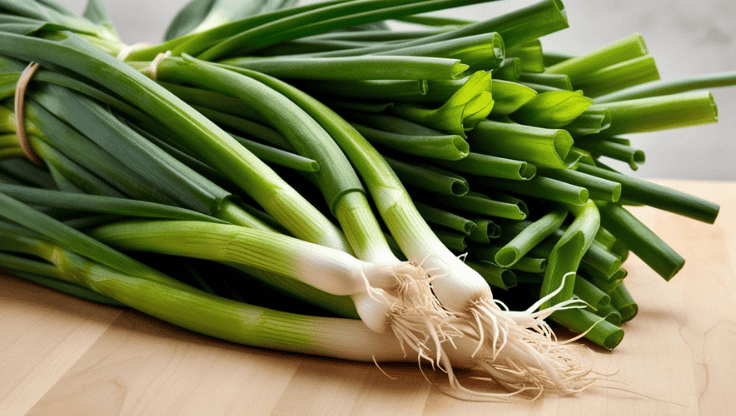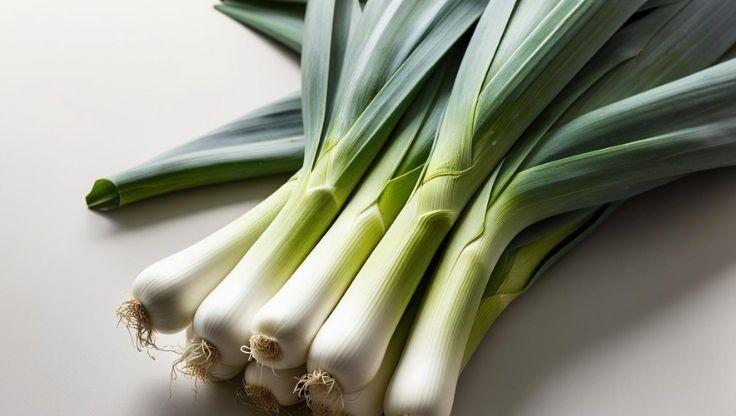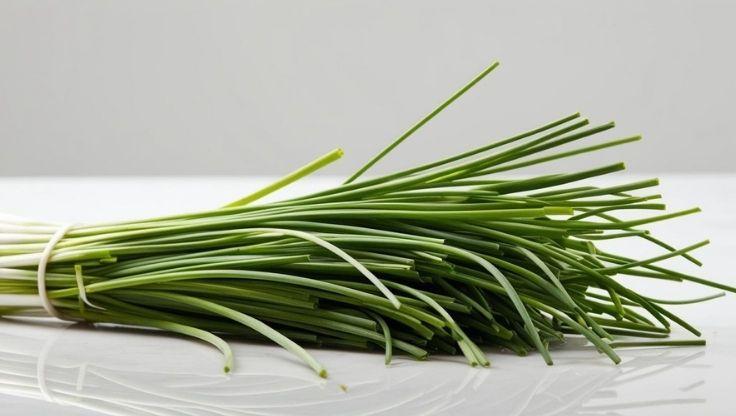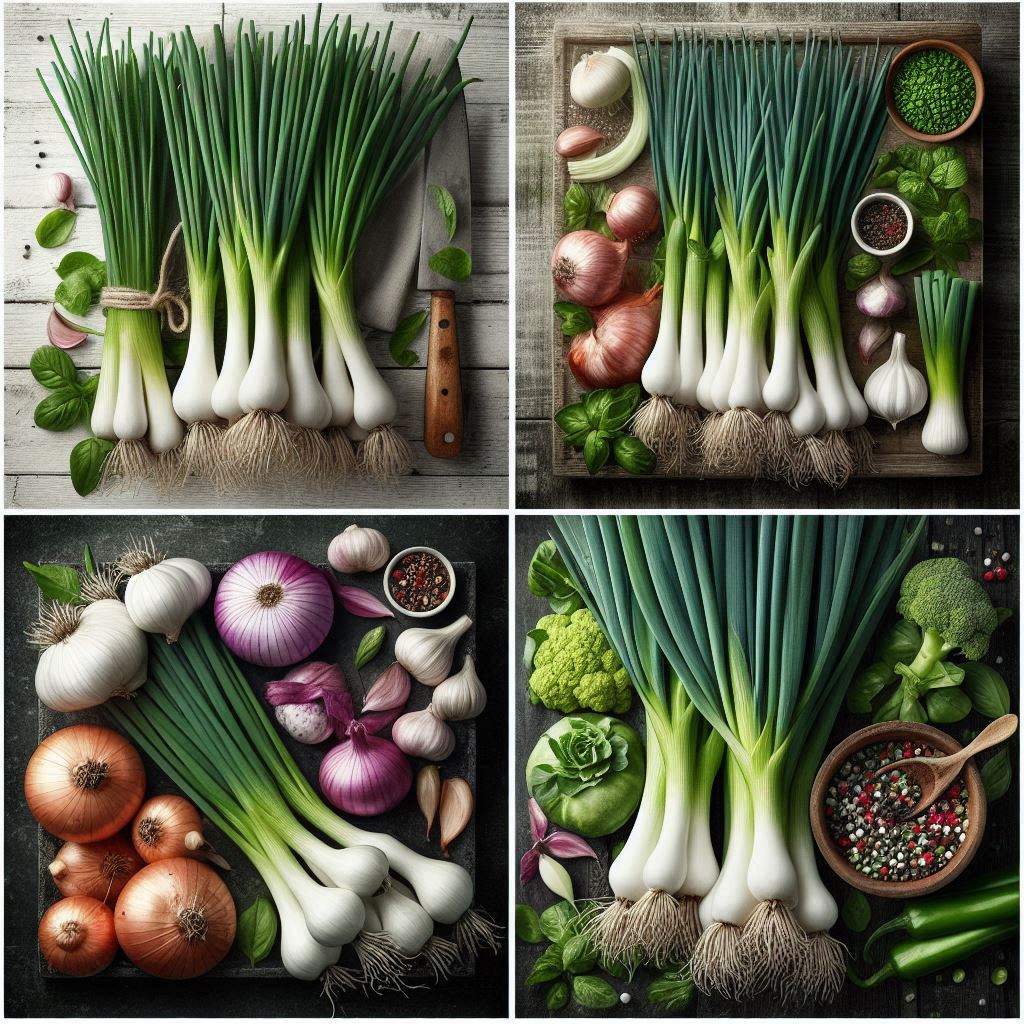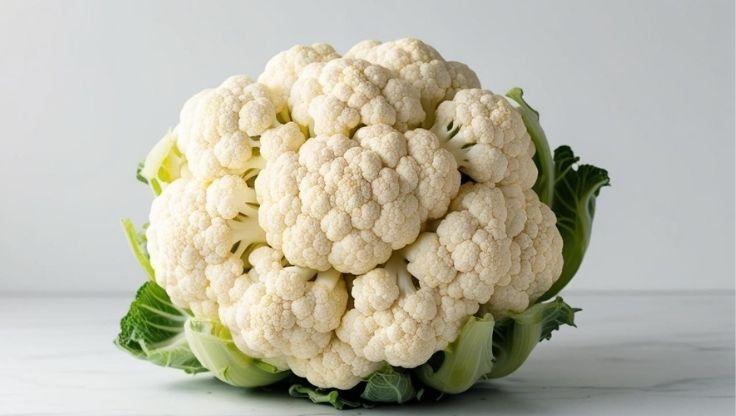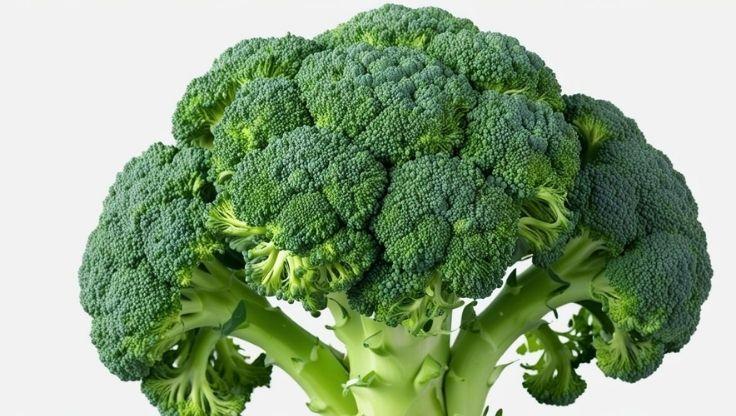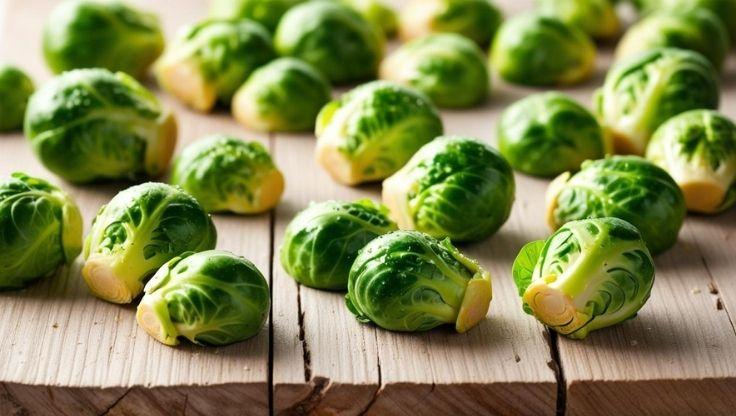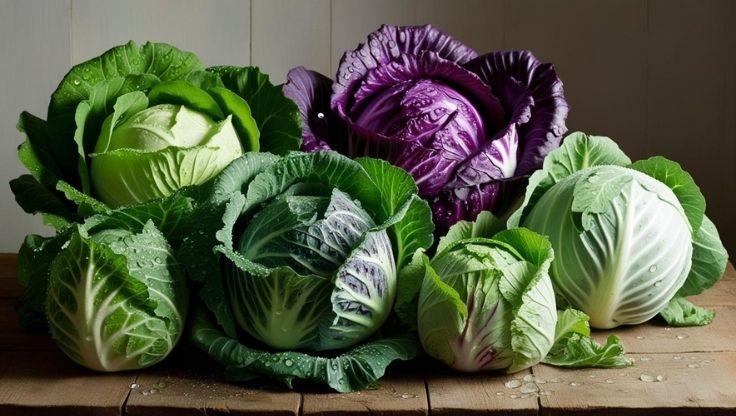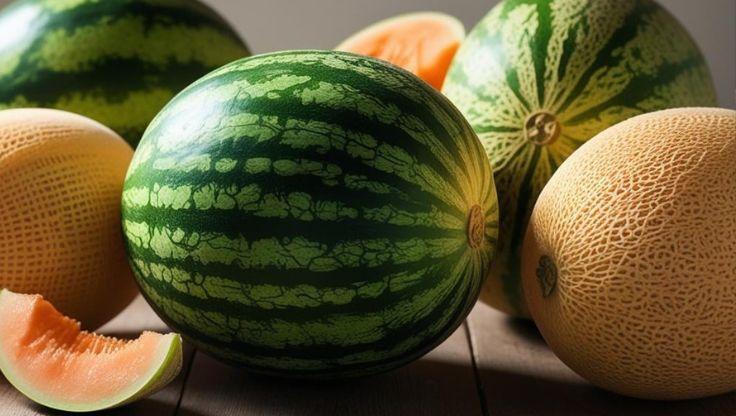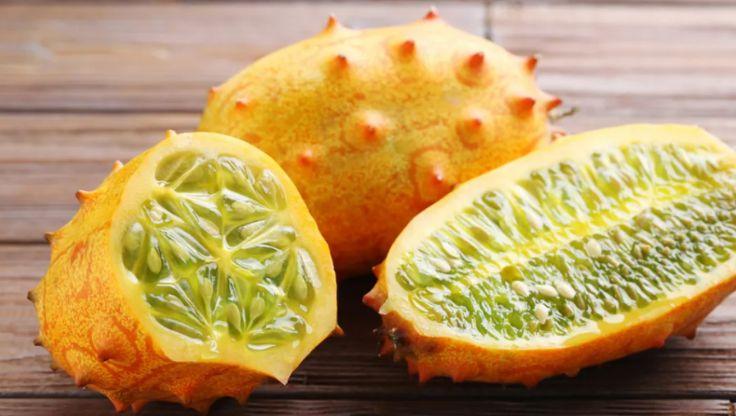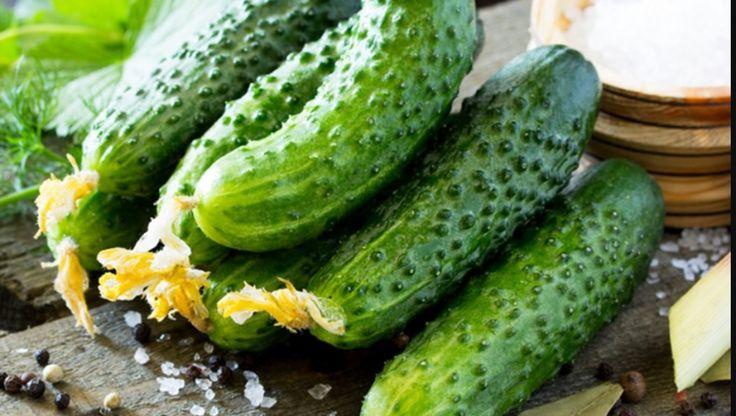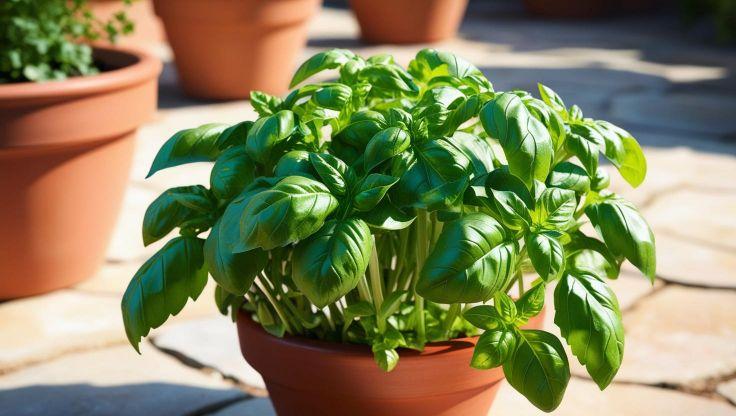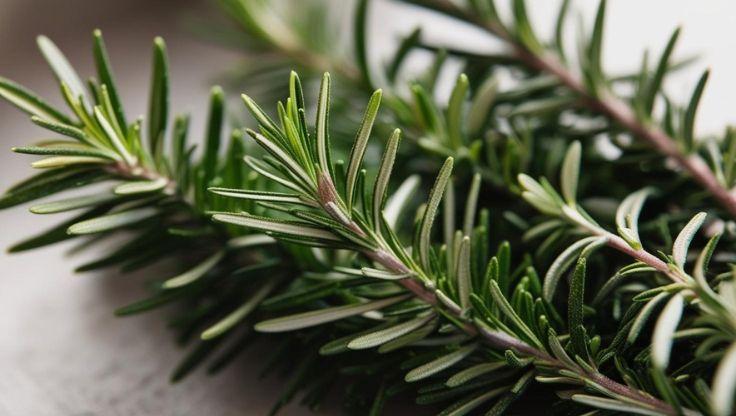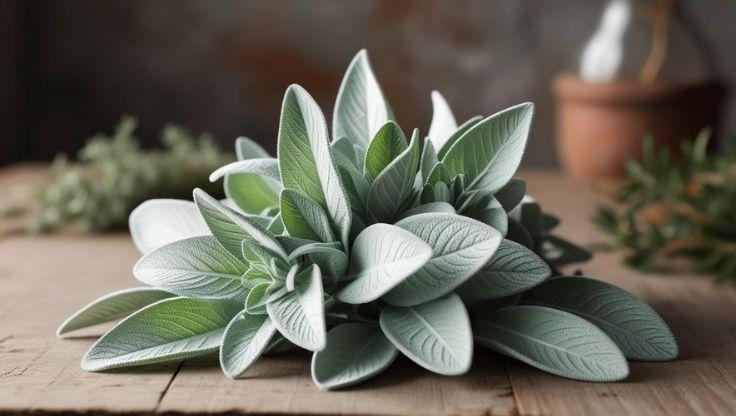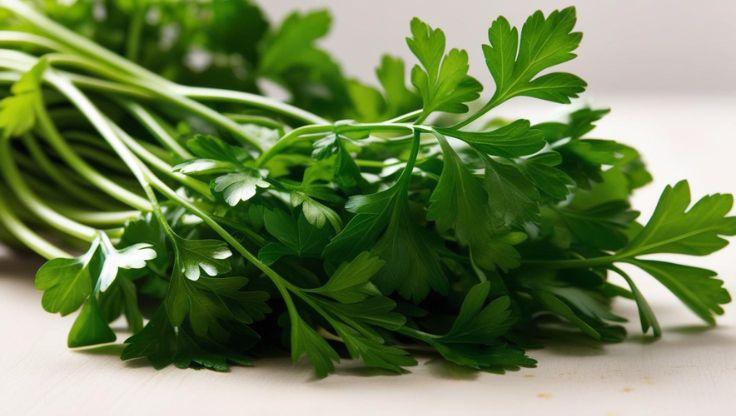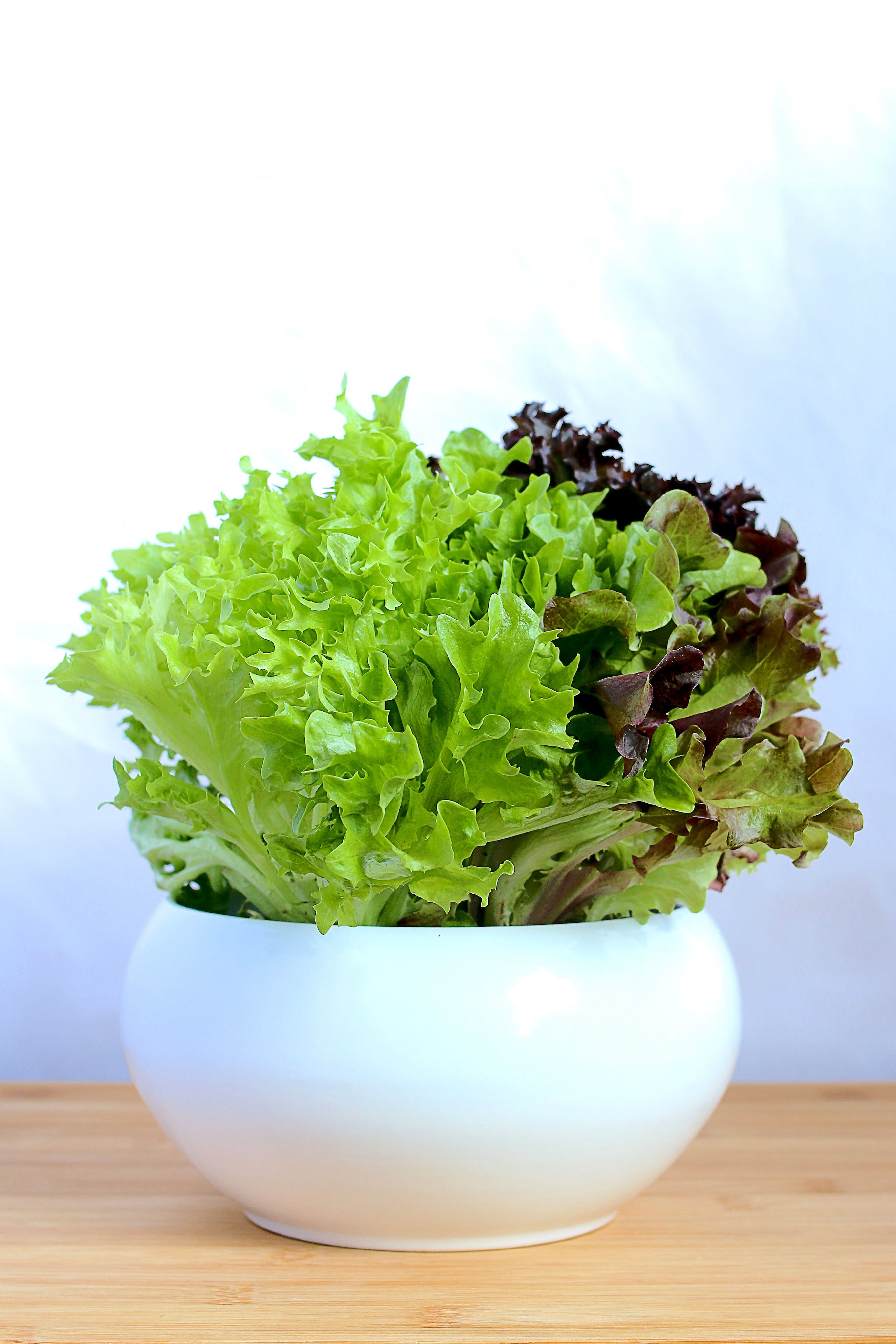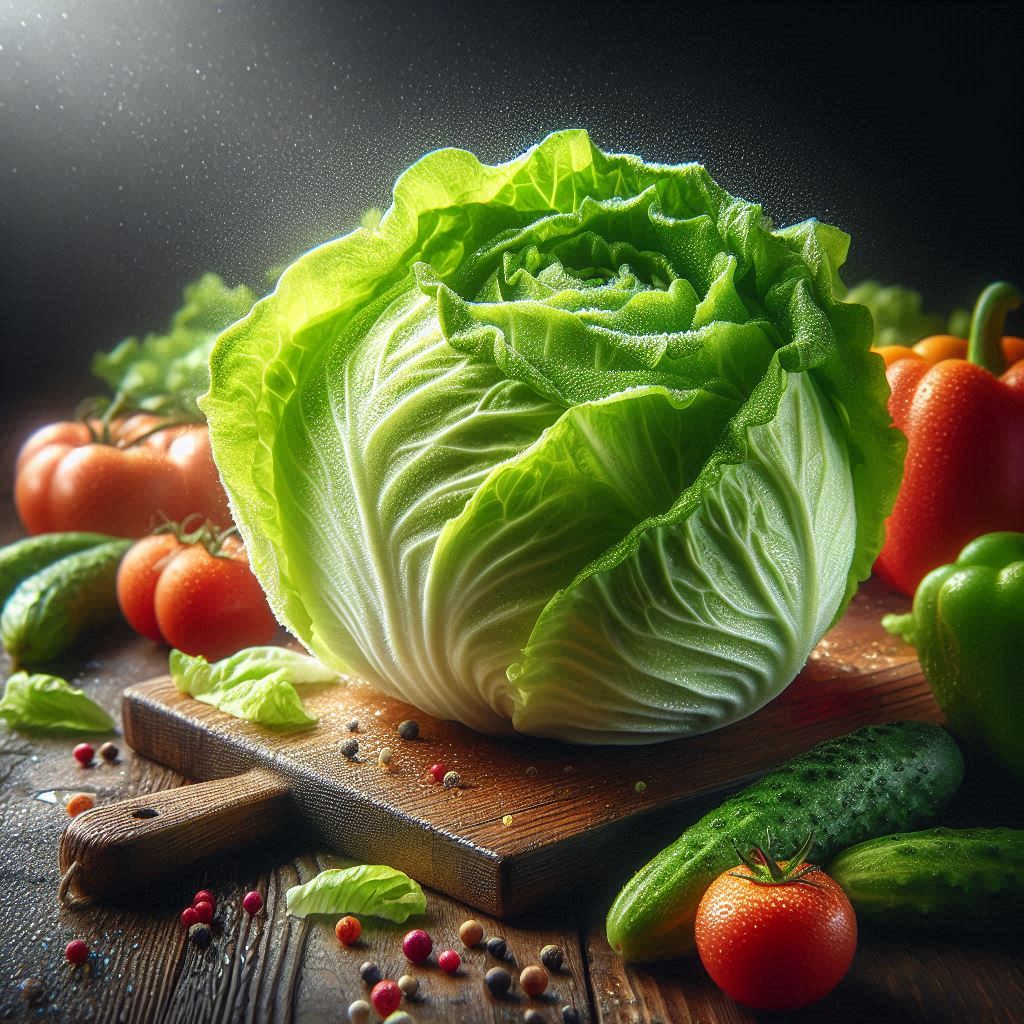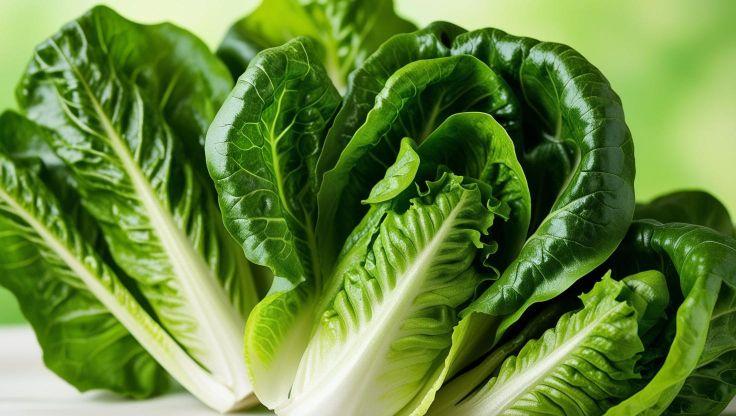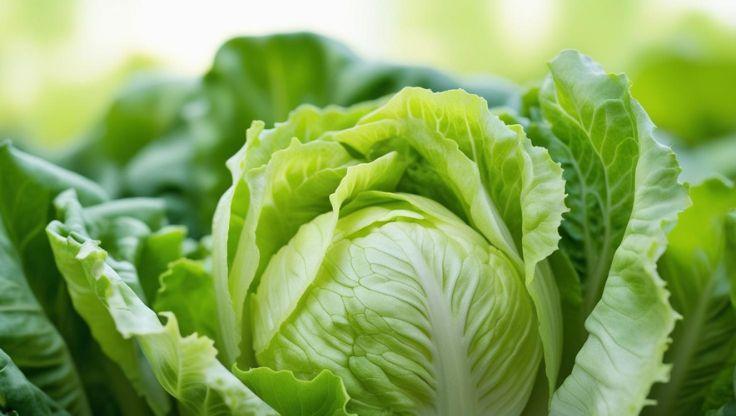Hydroponic Plants: Marjoram and Its Cultivation in Hydroponic Systems
Marjoram (Origanum majorana) is a fragrant herb prized for its mildly sweet, citrus-like flavor and medicinal properties. Native to the Mediterranean, hydroponic plants like marjoram thrive in controlled environments, benefiting from optimized nutrient absorption, faster growth cycles, and minimal exposure to soil-borne diseases. Compared to traditional farming, hydroponic systems offer superior sustainability, water efficiency, and consistent yields.

Hydroponic Growing Conditions of Marjoram
Optimal pH and EC Levels
Marjoram thrives in hydroponic plants systems when maintained within a pH range of 5.5–6.5, ensuring optimal nutrient absorption. The electrical conductivity (EC) level should be between 1.5–2.2 mS/cm, providing the necessary mineral balance for strong root development and aromatic foliage. Properly managing these parameters enhances plant health and maximizes yield potential.
Environmental Requirements
To cultivate hydroponic marjoram successfully, growers must maintain precise environmental conditions:
- Light: Requires 12–16 hours of full-spectrum LED or fluorescent lighting daily to support photosynthesis and robust growth.
- Temperature: Best grown at 18–25°C, ensuring steady metabolic activity and preventing stress-induced growth delays.
- Humidity: Ideally maintained between 40–70%, preventing excess moisture buildup that could lead to fungal infections.
Additional Considerations
Hydroponic marjoram benefits from deep water culture (DWC) and nutrient film technique (NFT) systems, which provide efficient nutrient delivery and oxygenation. Regular pruning encourages bushier growth and enhances flavor intensity. With proper care, marjoram can be harvested within 6–8 weeks, offering a continuous supply of fresh, aromatic herbs.
Cultivation Process of Marjoram in Hydroponic Systems
Seed Germination and Planting
Marjoram seeds should be placed one per hole in hydroponic trays to ensure proper spacing and nutrient absorption. Germination typically takes 2–3 weeks, depending on environmental conditions. To accelerate the process, growers can use a seedling starter kit or the paper towel method, which enhances moisture retention and seed viability.
Growth and Maturation
After transplanting, hydroponic plants of marjoram mature within 8–12 weeks, reaching optimal size for harvesting. Maintaining a pH range of 6.0–7.0 and an EC level of 1.6–2.3 mS/cm ensures strong root development and aromatic foliage. Regular pruning encourages bushier growth and enhances flavor intensity.
Popular Hydroponic Marjoram Varieties
Several marjoram varieties adapt well to hydroponic gardens, including:
- Sweet Marjoram (Origanum majorana): Known for its mild, floral aroma, ideal for seasoning blends and teas.
- Wild Marjoram (Origanum vulgare): Often mistaken for oregano, this variety has a stronger, spicier flavor, making it suitable for Mediterranean dishes.
By following these cultivation guidelines, growers can achieve high-yield, aromatic hydroponic marjoram, ensuring a steady supply of fresh herbs year-round.
Uses and Benefits of Marjoram in Hydroponic Systems
Culinary Applications
Marjoram is a versatile herb widely used in soups, stews, meat dishes, and herbal teas, offering a warm, slightly floral taste that enhances various cuisines. Its delicate yet aromatic profile makes it a staple in Mediterranean, Middle Eastern, and French cooking. Hydroponic plants of marjoram provide consistent flavor and higher yields, ensuring a fresh supply year-round.
Medicinal Properties
Rich in antioxidants and anti-inflammatory compounds, marjoram supports digestion, circulation, and immune health. Studies suggest that marjoram may help reduce oxidative stress, improve cardiovascular function, and aid in respiratory health. Hydroponic cultivation enhances its nutrient density, making it a potent addition to natural remedies.
Sustainability and Hydroponic Advantages
Growing marjoram as a hydroponic plant offers several benefits:
- Precise nutrient control ensures optimal growth and flavor.
- Year-round harvesting provides a steady supply regardless of climate.
- Reduced pest and disease risks improve plant health and longevity.
By integrating hydroponic plants into modern agriculture, growers can cultivate high-quality marjoram with enhanced medicinal and culinary properties.
Challenges and Solutions of Growing Marjoram Hydroponically
Common Challenges in Hydroponic Marjoram Cultivation
Growing hydroponic plants like marjoram presents unique challenges that require careful management. Some of the most common issues include:
- Slow Germination: Marjoram seeds can take 2–3 weeks to germinate, requiring consistent moisture and warmth.
- Nutrient Imbalances: Maintaining an EC level of 1.6–2.3 mS/cm and a pH range of 6.0–7.0 is crucial for healthy growth.
- Humidity Control: Excess moisture can lead to fungal infections, making 40–70% humidity ideal for preventing disease.
Effective Solutions for Hydroponic Marjoram Growth
To overcome these challenges, growers can implement the following strategies:
- Optimized Germination Techniques: Using a seedling starter kit or the paper towel method can accelerate germination and improve propagation rates.
- Precise Nutrient Management: Regularly monitoring pH and EC levels ensures proper nutrient absorption, preventing deficiencies.
- Humidity Regulation: Installing ventilation systems and maintaining airflow reduces excess moisture, minimizing fungal risks.
Conclusion
By addressing these challenges with advanced hydroponic techniques, growers can cultivate high-yield marjoram with enhanced flavor and medicinal properties. Proper environmental control and nutrient optimization are key to successful hydroponic marjoram farming.
Research for expert insights
Enhance your understanding with these insightful and well-documented expert resources.
|
Institution |
Article Title |
Article Link |
|---|---|---|
|
MDPI |
Indoor Farming Marjoram Production—Quality, Resource Efficiency, and Potential of Application |
|
|
Springer |
Salt effects on the growth, mineral nutrition, essential oil yield and composition of marjoram (Origanum majorana) |
A comprehensive breakdown of key points ensures their work is a reliable resource for readers striving to learn more.


